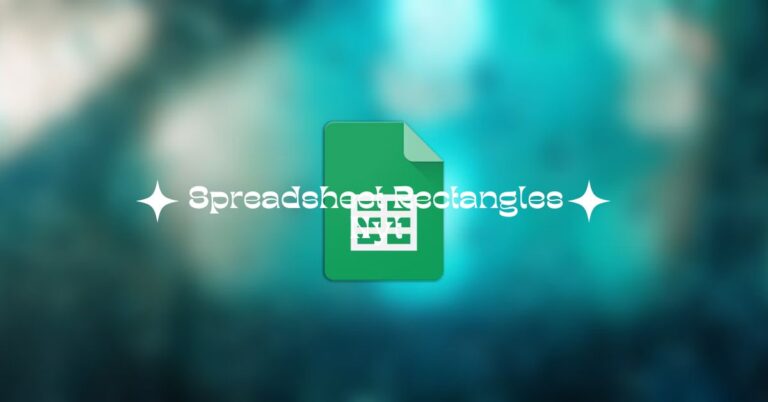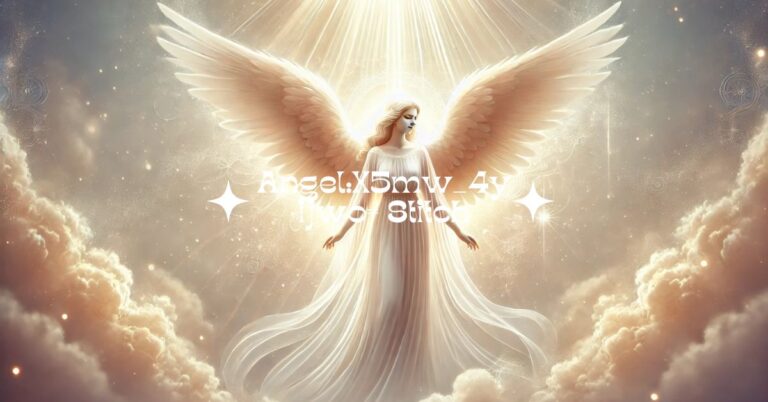Sound Of An Angry Grunt Nyt – Clue In Nyt Crossword Puzzles!
Solving the “Sound of an Angry Grunt NYT” clue was a memorable moment for me, as it perfectly encapsulated the mix of frustration and satisfaction that crossword enthusiasts live for. I remember the moment I realized the answer was “GRR” — it felt like cracking a secret code.
The clue “Sound of an Angry Grunt NYT” in crossword puzzles typically refers to the onomatopoeic word “GRR.” This clue captures the essence of frustration or annoyance through sound, making it a common and satisfying answer for crossword enthusiasts.
The New York Times crossword clue “Sound of an Angry Grunt NYT,” breaking down its meaning and exploring potential answers like “GRR” and “UGH.” We’ll discuss how onomatopoeic words play a role in crossword puzzles and provide tips for tackling similar clues.
What Does The Clue “Sound Of An Angry Grunt Nyt ” Refer To?
The clue “Sound of an Angry Grunt NYT” refers to an onomatopoeic word that mimics the sound of someone expressing frustration or annoyance. In crossword puzzles, onomatopoeic words are used because they represent sounds in a written form.
For this particular clue, common answers are short, expressive words like “GRR” or “UGH,” which capture the essence of a low, guttural sound made when someone is angry. These types of clues challenge solvers to think about how emotions are conveyed through sound and how those sounds are translated into language.
Why Are Onomatopoeic Words Used In Crossword Puzzles?
Onomatopoeic words are used in crossword puzzles because they add a layer of creativity and challenge by representing sounds in written form. These words imitate the sounds they describe, like “buzz” for a bee or “clang” for a metal hitting metal.
In puzzles, they make clues more engaging and fun by requiring solvers to think about how sounds are expressed in language. This approach not only tests a solver’s vocabulary but also their ability to make connections between sounds and words, adding an extra dimension to the solving experience.
What Are Some Common Answers For The Clue “Sound Of An Angry Grunt Nyt”?
- GRR: A common onomatopoeic representation of a growl or grunt of frustration.
- UGH: Represents a grunt or sound of annoyance or exasperation.
- HMPH: Captures a similar sound of displeasure or irritation.
- ARR: A sound often used to convey frustration or annoyance.
How Can I Identify Onomatopoeic Words In Crossword Clues?
- Look for Sound Words: Check if the clue mentions sound-related words like “sound,” “noise,” or “cry.”
- Think of Mimicked Sounds: Consider if the answer imitates a real-life sound, like “buzz” or “clang.”
- Short Words: Onomatopoeic answers are often short, expressive words.
- Emotional or Physical Sounds: Words that represent emotions or physical noises, like “GRR” for anger, are common.
- Use Context: Use the rest of the crossword puzzle for hints about the sound being described.
Are there other clues in the NYT crossword that involve sounds?
Yes, the New York Times crossword often features clues that involve sounds, utilizing a range of creative approaches to challenge solvers. These clues can include onomatopoeic words, where the answer mimics a real-life sound, such as “BANG” or “MEOW.”
They might also refer to sounds in a metaphorical sense, where the sound is part of a wordplay or pun, like “RING” for a phone call or “CHIME” for a bell. Additionally, clues might describe sounds through indirect hints or context, such as referring to a specific noise associated with an object or action, requiring solvers to think about how different sounds are represented in language.
These clues add depth and variety to the puzzle, making it a more engaging and dynamic experience.
What should I do if I’m stuck on a clue like “Sound of an Angry Grunt”?
- Consider the Sound: Think about the types of sounds people make when they are angry or frustrated. Common examples might include grunts or growls.
- Look for Onomatopoeia: Recall onomatopoeic words, which are words that mimic the sound they represent, such as “GRR” or “UGH.”
- Check Cross Letters: Use the letters you already have from other clues in the crossword to help narrow down possible answers.
- Think About Emotions: Reflect on how anger is often expressed verbally and what short sounds or words might fit the clue.
- Use Crossword Solver Tools: If needed, use online crossword solver tools to input the known letters and get suggestions for potential answers.
How important is understanding the context of a clue for solving it?
Understanding the context of a clue is crucial for solving crossword puzzles because it guides you towards the correct answer. Clues can be straightforward or complex, but they always contain hints about the type of answer you should look for. By grasping the context, whether it’s a straightforward definition, a pun, or a reference to something specific, you can narrow down your options and choose the most fitting solution.
The context also helps in deciphering wordplay and indirect meanings. Many crossword clues use puns, double meanings, or play on words, making them less literal. Understanding the context allows you to see beyond the obvious and think about how words or phrases might be used in a non-standard way.
Finally, context helps you fit clues into the overall crossword puzzle. Each clue is interconnected with others, and the context of a clue can influence the answers of surrounding clues. If you understand the context of one clue, it can provide hints for solving adjacent clues, creating a more cohesive solution. This interconnected approach makes the solving process more intuitive and efficient.
Do other crossword puzzles use similar onomatopoeic clues?
Yes, other crossword puzzles often use onomatopoeic clues, much like those found in the New York Times crossword. Onomatopoeic clues are designed to represent sounds through words that mimic real noises, such as “buzz,” “clang,” or “moo.”
These types of clues are popular across various crossword puzzles because they add an extra layer of creativity and challenge. They require solvers to think about how sounds are represented in language and to match these sounds with the clues given.
This approach makes puzzles more engaging and tests a solver’s ability to interpret clues in a fun and imaginative way. Whether in local newspapers, puzzle books, or online crosswords, onomatopoeic clues help diversify the types of questions and keep the solving experience fresh and enjoyable.
Frequently asked questions:
Why do crossword puzzles use onomatopoeic clues?
Onomatopoeic clues are used to add variety and complexity to puzzles. They challenge solvers to think about how sounds are represented in language, making the solving experience more dynamic and engaging.
What are some tips for solving onomatopoeic crossword clues?
Focus on the emotion or sound described in the clue. Think about how that sound might be written in words, and use any letters you have in the grid to help narrow down possible answers.
How can onomatopoeic clues enhance the enjoyment of crossword puzzles?
These clues make puzzles more interesting by adding a playful and creative element. They require solvers to use both their language skills and their imagination, enriching the overall puzzle-solving experience.
Are onomatopoeic clues typically more difficult than other types of clues?
They can be more challenging because they require a deeper understanding of how sounds are translated into words. However, with practice and familiarity, solvers can become more adept at recognizing and solving these types of clues.
Conclusion:
onomatopoeic clues like “Sound of an Angry Grunt NYT” in crossword puzzles offer a creative challenge that goes beyond literal meanings. They encourage solvers to think about how sounds are represented in language.






